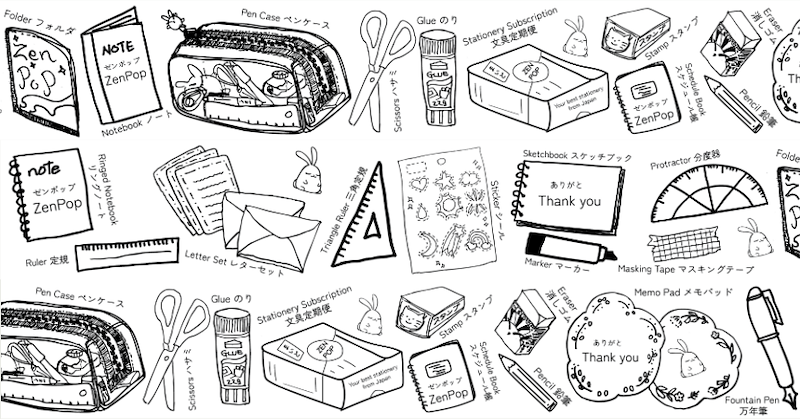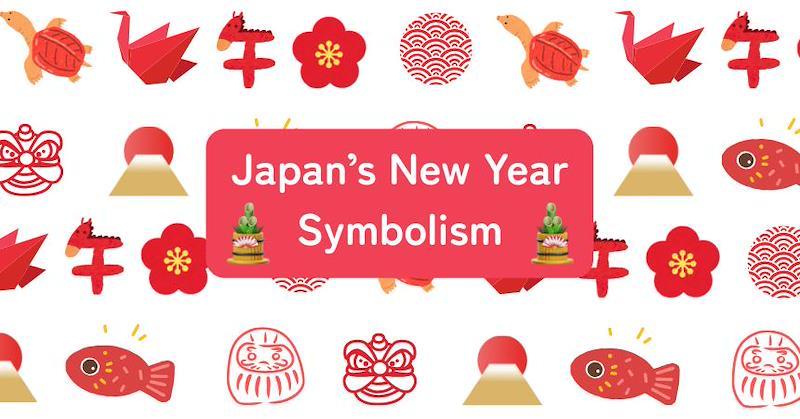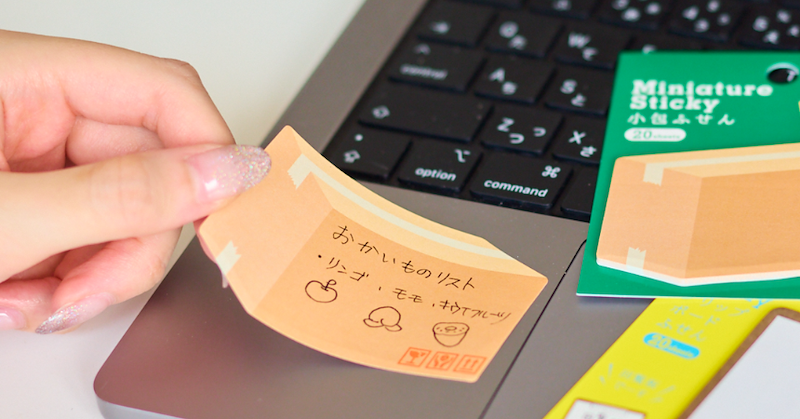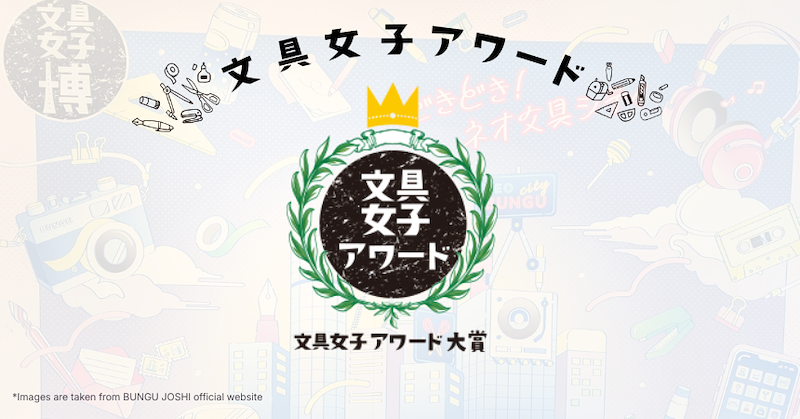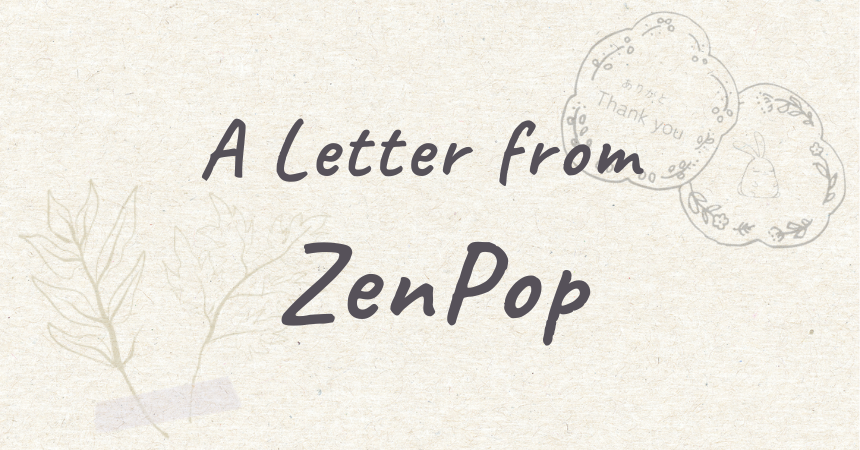Blog
Top Tags
tips & guides
|
Japanese culture
|
reviews & rankings
|
writing tools
|
planners & journaling
|
art & craft
|
creative ideas
|
notebooks & paper
|
stickers & tapes
|
brands & makers
|
Featured Article
Step inside illustrator Miyashita Nodoka’s creative world. From brush pens to sketchbooks and e-ink tools, discover the stationery that supports her warm, gentle drawings.
New to Japanese stationery? Learn essential Japanese stationery terms, what “bungu” means, and how to shop Japanese pens, paper, and notebooks with confidence.
Discover the best Japanese pens for note-taking—smooth ink, comfortable grips, and reliable performance for school, work, and everyday writing.
Explore the most expensive Japanese fountain pens—from rare Namiki maki-e masterpieces to ultra-limited Sailor and Nakaya creations. A true luxury pen guide.
A list of 30 Japanese symbols associated with the new year. Understand how tradition and history influences art, design and stationery in modern Japan.
Make your work easier with those Japanese office supplies!
Discover the stationery that keeps ZenPop’s Yin Chi inspired—from her trusty Jetstream pen to her ROLLBAHN case and Hobonichi planner. Simple, practical tools for a mindful desk.
Discover COCHAE, a Japanese design unit exploring “designing play” through origami, packaging, toys, and paper-based creativity.
There’s no single correct way to journal. Explore different journaling styles, learn which one suits you, and find a simple way to start writing today.
A complete guide to Bungu Joshi Award winners from 2023–2025. Explore fan-voted Japanese stationery award items and trends in modern bungu.
A cozy end-of-year letter from the ZenPop team. Thank you for another year of stationery joy, community, and creativity. Happy Holidays & see you in 2026 ♡


